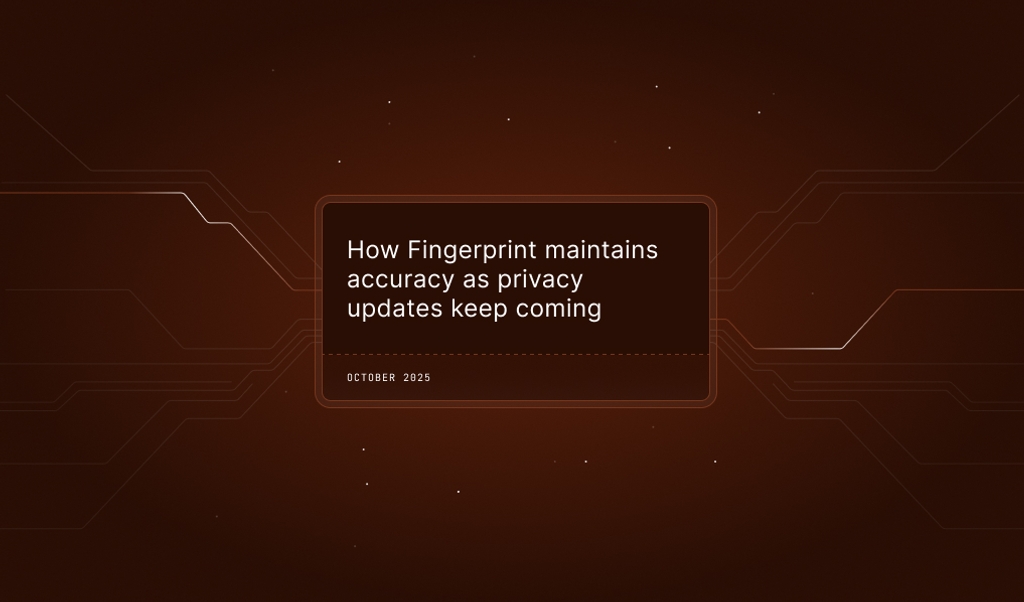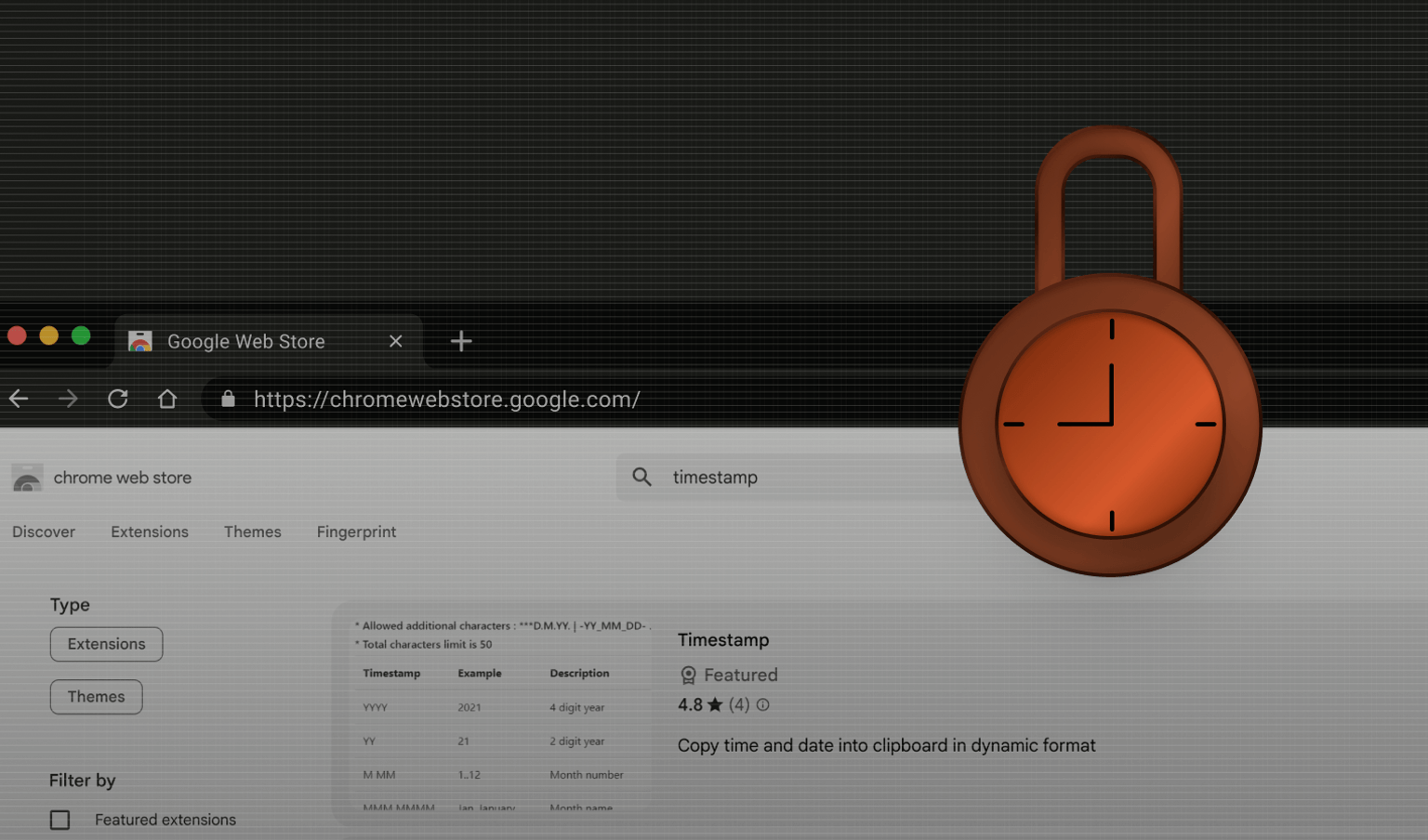
Summarize this article with
Last month, we hosted a webinar on the importance and critical nature of device fingerprinting accuracy, Why Accuracy is Everything in Device Identification. Hosted by our co-founder/CTO Valentin Vasilyev and our Head of Product Jack Spirou, they sat down to have a candid conversation about device fingerprinting accuracy, how Fingerprint Pro can boast an industry-leading accuracy rate on returning devices, and what it differs from our FingerprintJS open-source browser fingerprinting library.
In this post, we will recap three big takeaways from the webinar. But first, we will quickly recap our definition of accuracy and where you can find out how we calculate it.
We define our device identification accuracy by how many returning visitors to a site we successfully identify as a returning visitor and not as a new visitor. Dive into our technical documentation to understand the calculation in detail.
The accuracy between our FingerprintJS Open Source library and the Pro version of our product is different.
This statement is 100% true: Fingerprint Pro has industry-leading accuracy, whereas our open source library’s accuracy is considerably lower. Our open-source library (called FingerprintJS) is one of the most popular repositories on GitHub with 17,000 stars; it's why our company exists today. It is a JavaScript library that combines many browser attributes to generate a browser fingerprint. However, the FingerprintJS open-source version is less accurate than the Pro version because it does not include additional server-side identification methods, as well as machine learning processing included in the Pro version.
In practice, the open-source version might not be able to tell the difference between two devices with identical hardware, using the same browser and operating system, because the signals available to JavaScript to create the fingerprint are all the same. So, the same visitorID could be assigned to multiple devices if visiting the same site from different devices.
Despite the differences in accuracy, we continue to have thousands of websites using our open-source technology to identify devices. However, we find that many of our OSS users convert to Pro when they can demonstrate a business need for additional device identification accuracy. If you're interested in learning the full differences between the two, be sure to review this comparison PDF.
Fingerprint Pro has the highest accuracy over time (or lowest identifier drift) compared to competitors.
In the webinar, we showed the chart below and explained its methodology. The main takeaway is that our Pro accuracy remains the highest over time, including months later, whereas our competitors' accuracy starts lower and drops drastically over time. For example, where we maintain 98% accuracy at month four, a competitor may be missing nearly 90% of returning devices.
We refer to this drop in accuracy as drift. Drift in accuracy is a big issue in device identification because drift has a compounding effect. Every time a visitor returns to your website, there is a percentage chance that they will be misidentified. If your baseline identification accuracy is low, the percentage of correctly identified devices will quickly decay over time as misidentifications compound.

High accuracy saves businesses money when it comes to fraud detection, especially when it comes to online payment fraud.
A small percentage of users commit the majority of fraud, often visiting a targeted website multiple times to commit fraud using different login credentials, credit cards, and names. With a lower accuracy device identification alternative, your fraud system could misidentify nearly 90% of devices after four months. This misidentification is a real-world issue caused by the accuracy drift we discussed in the section above.
With a low accuracy identifier, repeat offenders appear as new visitors over time, allowing them to retarget your site for account takeover attempts, payment fraud schemes, and more. It also makes it difficult to reduce friction for trusted customers, as security checks will challenge them more frequently to ensure your system catches fraudsters in time. We've discussed this topic and how it relates to accuracy in a prior post. The main takeaway from the webinar was that if you're relying on a quickly decaying accuracy rate, you're potentially overlooking fraudsters that are repeat offenders to your site.
Learn more about how Fingerprint Pro can help you combat costly payment fraud.
Wrap-Up
If you’re interested in watching the entire conversation, you can do so here. You can also utilize our open-source FingerprintJS browser fingerprinting library to get an introduction to what we offer.



